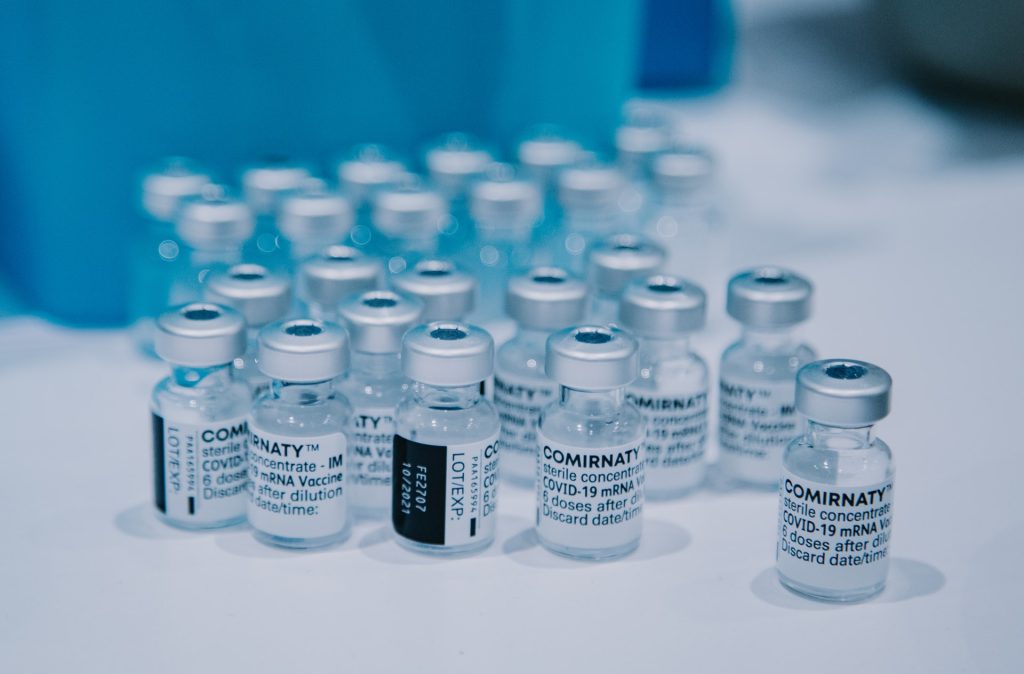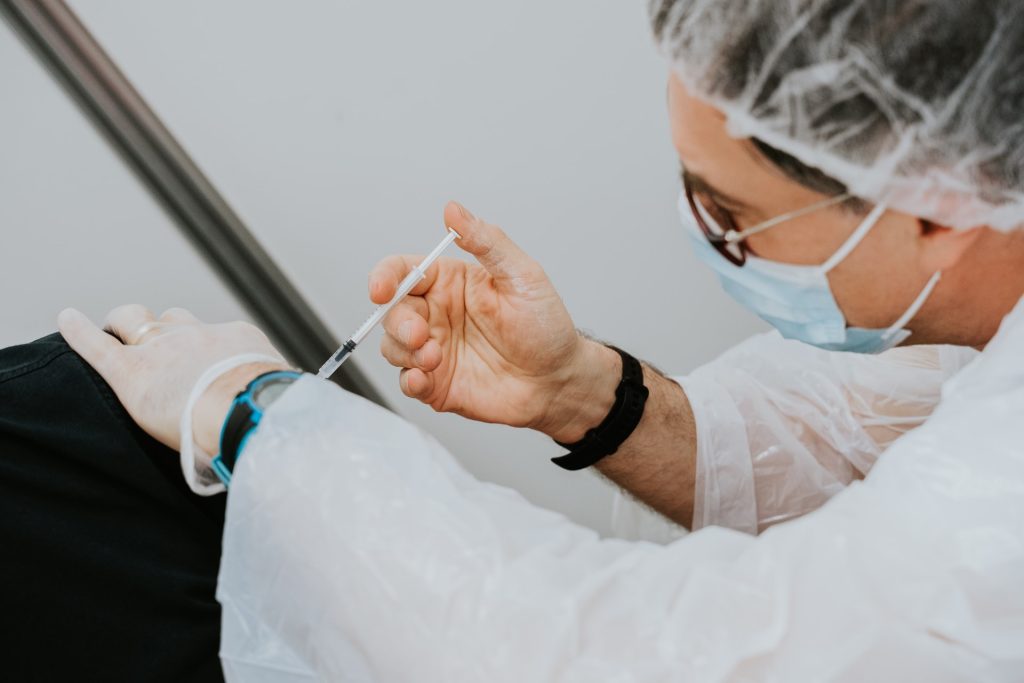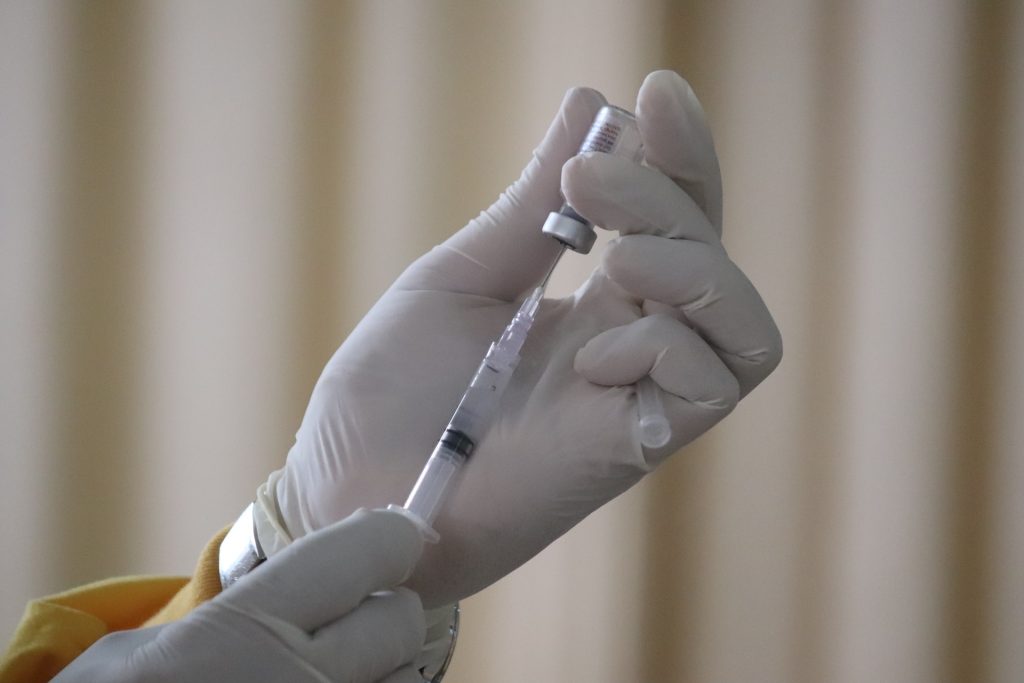Moderna Narrowly Beats Pfizer in Effectiveness

In the first head-to-head comparison of the effectiveness of the Pfizer-BioNTech and Moderna COVID vaccines, researchers examined the electronic health records of veterans who had received each vaccine and found Moderna to be slightly more effective.
The Moderna vaccine’s increased level of protection included a 21% lower risk of documented infection and 41% lower risk of hospitalisation, according to the research team, whose findings were published in the New England Journal of Medicine.
“Both vaccines are incredibly effective, with only rare breakthrough cases,” said Dr J.P. Casas, a member of the research team. “But regardless of the predominant strain – Alpha earlier and then Delta later – Moderna was shown to be slightly more effective.”
Researchers designed their comparative effectiveness study to address the previously unanswered question of which of the two mRNA vaccines is more effective. Effectiveness outcomes were: documented COVID, symptomatic disease, hospitalisation, ICU admission, and death. The investigators drew on the database of US veterans who received one of the two COVID vaccines between early January 2021 and mid-May 2021.
As initially designed, the research focused on the Alpha variant that predominated at the time. The study matched 219 842 recipients of the Pfizer vaccine to the same number of recipients of the Moderna vaccine. The two groups were matched based on a variety of clinical and demographic factors that could affect outcomes.
Over the study’s 24-week follow-up period, the estimated risk of documented infection was 4.52 events per 1000 people in the Moderna vaccine group and 5.75 per 1000 in the Pfizer group, an excess of 1.23 cases per 1000. The investigators also observed smaller excesses of symptomatic COVID (0.44 events), hospitalisation (0.55 events), ICU admission (0.10 events), and death (0.02 events) per 1000 people in the Pfizer group relative to the Moderna group.
This pattern of a lower risk for Moderna held up when Delta was the main strain. In this comparison, excess risk of documented infection over 12 weeks was 6.54 events per 1000 people for the Pfizer vaccine, compared to Moderna. Given the shorter time frame available for this supplementary research, infection was the only outcome researchers analyzed. Also, the estimates were considered less precise because a smaller number of individuals were eligible for this analysis.
Randomised trials comparing the mRNA vaccines against placebos had previously shown both vaccines to be very effective against symptomatic COVID infection (95% effectiveness for Pfizer-BioNTech, 94% for Moderna), borne out by real-world vaccine use.
“Given the high effectiveness of both the Moderna and Pfizer vaccines, confirmed by our study, either one is recommended to any individual offered a choice between the two,” said first author Dr Barbra A. Dickerman. “However, while the estimated differences in effectiveness were small on an absolute scale, they may be meaningful when considering the large population scale at which these vaccines are deployed. This information may be helpful for larger decision-making bodies.”
The massive Veteran Association records system supported a very large sample size. This, in turn, allowed the study to identify even small differences in effectiveness between the Pfizer and Moderna vaccines. The researchers used a methodology known as causal inference to mirror a gold standard randomised trial as closely as possible. Causal inference is a type of data analysis that helps researchers draw firm conclusions about cause and effect.
Using the VA database, vaccine recipients were closely matched on age, sex, race, geographic location, and other attributes that could affect COVID-related outcomes.
“After this careful matching, we found that the two vaccine groups were extremely similar in terms of variables with respect to an extensive set of demographic, geographic, and health-related attributes,” Dr Dickerman said. “This allowed our observational analysis to produce exceptionally credible results during a global emergency, when answers are needed fast and randomised trials can be impractical.”
As the global pandemic continues to unfold, the research team is working on answers relating to the comparative safety, versus effectiveness, of the Pfizer and Moderna vaccines. Dr Dickerman characterises comparative safety as an “additional piece of the puzzle to support vaccine decision-making.”
Even beyond this analysis, further evaluation of the vaccines’ comparative effectiveness and safety is needed, the authors concluded. Meanwhile, given the evidence at hand, the authors concluded about the Pfizer and Moderna vaccines considered in their study, “Given the high effectiveness and safety profile of both mRNA vaccines, either one is strongly recommended.”
Source: EurekAlert!








